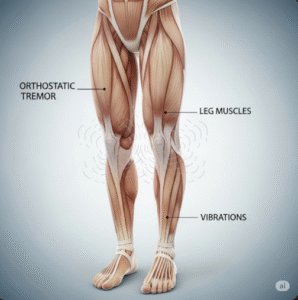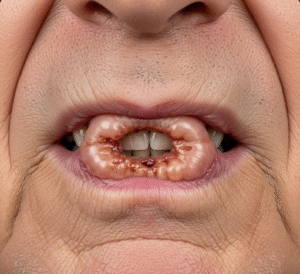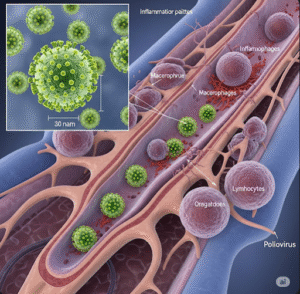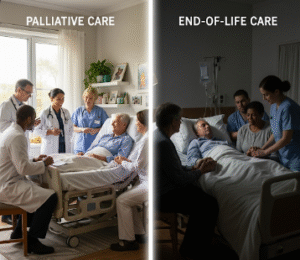verview
Self-harm, also known as non-suicidal self-injury (NSSI), is the deliberate act of causing harm to one’s body as a coping mechanism for emotional distress. In South Korea, rising rates of self-harm—especially among adolescents and young adults—have become a pressing public health concern. Though not always linked to suicide, self-harm can be a strong indicator of underlying mental health issues that require timely intervention.
What is Self-Harm?
Self-harm involves intentional, direct injury to the body without suicidal intent. Common methods include cutting, burning, hitting oneself, or scratching to cause pain or bleeding. While some individuals use self-harm to manage overwhelming emotions, others may do it to punish themselves or to feel “something” in periods of emotional numbness.
It’s important to distinguish self-harm from suicidal behavior, although both can co-occur and carry significant mental health risks.
Symptoms
Observable signs of self-harm include:
- Fresh cuts, bruises, or burns
- Scars in patterns or clusters
- Wearing long sleeves or pants even in hot weather
- Bloodstains on clothing, towels, or bedding
- Sharp objects hidden in personal belongings
- Emotional withdrawal or secrecy
- Expressions of hopelessness or worthlessness
Causes
Self-harm often results from emotional and psychological distress, including:
- Depression or anxiety
- Childhood trauma or abuse
- Bullying or peer pressure
- Low self-esteem
- Family conflict or neglect
- Identity struggles (gender, sexuality)
- Difficulty expressing emotions verbally
In Korea, academic pressure, cyberbullying, and a cultural stigma around mental illness also contribute to increasing self-injury cases.
Risk Factors
Several factors increase the likelihood of self-harm:
- Adolescence or young adulthood
- Female gender (higher reported rates)
- History of trauma or abuse
- Mental health disorders (BPD, depression, PTSD)
- Social isolation or lack of support
- Pressure to conform in school or workplace settings
Complications
If left unaddressed, self-harming behavior may lead to:
- Infection or permanent scarring
- Accidental severe injury or death
- Escalation to suicidal thoughts or attempts
- Emotional dependence on self-injury for coping
- Academic or social withdrawal
- Undiagnosed underlying psychiatric conditions
Prevention
Preventing self-harm requires early recognition, emotional support, and access to mental health care:
- Encourage open conversations about feelings
- Create safe and nonjudgmental environments at school and home
- Monitor and reduce exposure to harmful online content
- Promote stress-management and coping skills
- Destigmatize mental health care and therapy
- Provide resources and hotlines for crisis support
Treatment Options in Korea
South Korea has taken important steps to address self-harm through counseling, school programs, and mental health services—although stigma and access barriers still remain in some regions.
1. Psychological Counseling
- Cognitive Behavioral Therapy (CBT) to address negative thinking patterns
- Dialectical Behavior Therapy (DBT) for emotional regulation, especially effective in borderline personality disorder
- Trauma-informed care for patients with abuse history
- Offered at school clinics, youth centers, and private counseling centers
2. Psychiatric Evaluation and Medication
- Antidepressants (SSRIs) or anti-anxiety medications for mood disorders
- Evaluation for co-occurring conditions such as BPD or PTSD
- Ongoing psychiatric monitoring
3. Emergency Care
- Immediate wound care at hospitals or clinics
- Suicide or crisis intervention if risk is high
- Family or school involvement in safety planning
4. Community and Online Support
- Mental Health Centers (정신건강복지센터) are available in most Korean cities
- Suicide Prevention Hotline (1393) and Mental Health Helpline (1577-0199)
- Online counseling platforms and apps (e.g., Mind Café, Talkit)
- School counseling programs supported by the Ministry of Education













